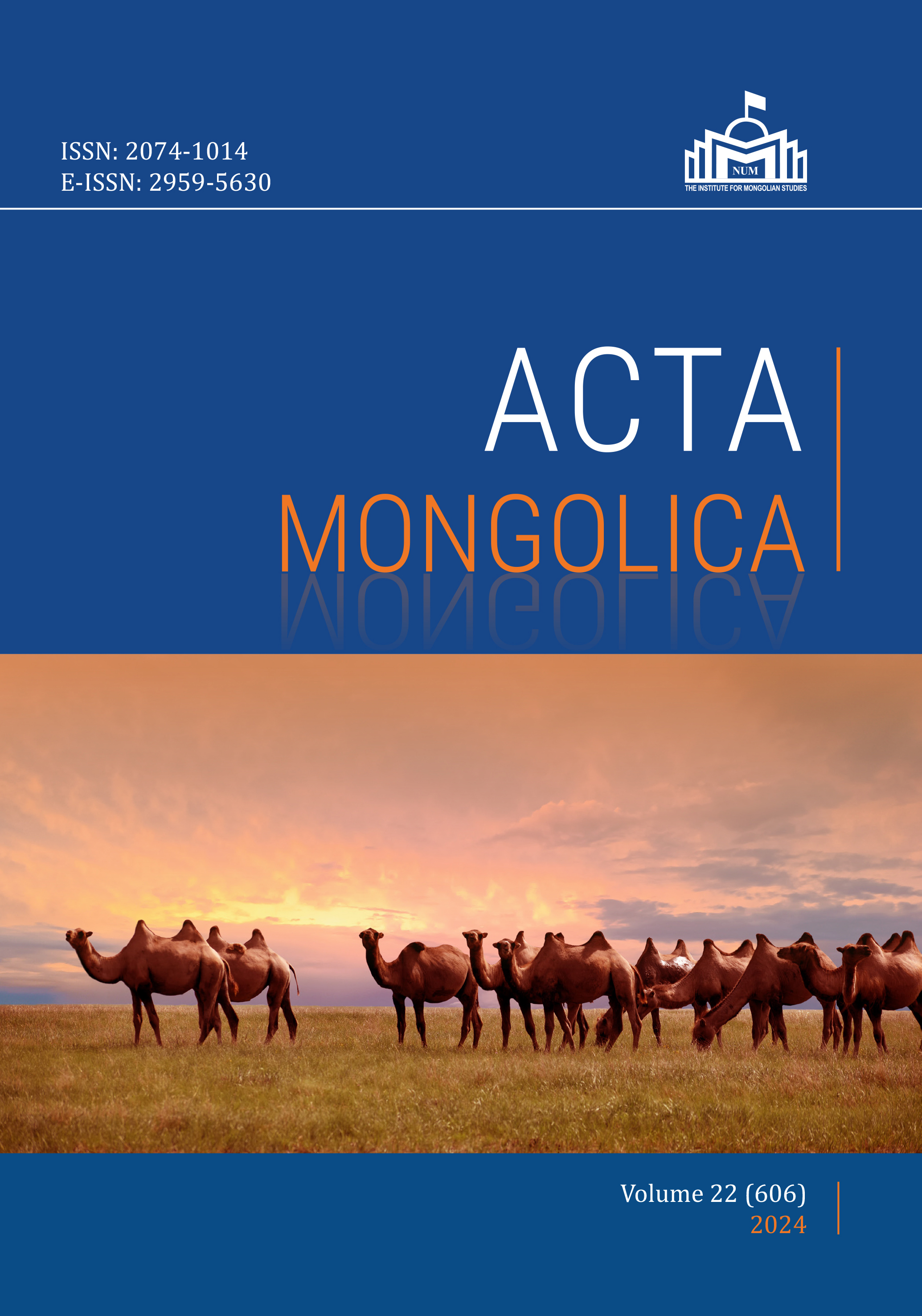Null Arguments in EA Languages Revisited
Main Article Content
Abstract
The main question this paper addresses is what makes argument ellipsis in Japanese (and Korean) possible. It first presents evidence for the LF copying analysis of the phenomenon. Then, it proposes that Japanese allows ellipsis of all sorts of arguments due to two factors. The first is the absence of j-feature agreement. A DP antecedent copied into an ellipsis site at LF lacks unvalued features and cannot participate in j-feature agreement because of the activation condition. Therefore, the absence of j-feature agreement is a prerequisite for argument ellipsis. The second factor is the presence of suffixal Cases and predicate inflections as weak heads that are unable to provide labels. One of the crucial assumptions in this paper is Norvin Richards’ hypothesis that ellipsis sites count as heads in syntactic structure. It is shown that it makes structures with elided arguments unlabeled in many languages. For example, the straightforward structure with an elided complement would be {H, H}. Then, it is argued that Case markers and predicate inflections as weak heads enable the structures with elided arguments to be properly labeled. Finally, some languages that allow object ellipsis but not subject ellipsis are considered. Chinese, for example, lacks not only j-feature agreement but also Case markers, and allows object ellipsis. It is suggested that Case feature sharing makes the labeling of {H, H} structure possible in this case.
Article Details

This work is licensed under a Creative Commons Attribution-ShareAlike 4.0 International License.
References
Aldridge, Edith. 2019. Subject/non-subject movement asymmetries in Late Archaic Chinese. Glossa 4(1): 115. doi: https://doi.org/10.5334/gjgl.743
Bošković, Željko. 2014. Now I’m a phase, now I’m not a phase: On the variability of phases with extraction and ellipsis. Linguistic Inquiry 45: 27-89.
Burzio, Luigi. 1986. Italian syntax: A GB approach. Dordrecht: Kluwer.
Cheng, Hsu-Te. 2013. Argument ellipsis, classifier phrases, and the DP parameter, Ph.D. dissertation, University of Connecticut.
Chomsky, Noam. 1986. Knowledge of language. New York: Praeger.
Chomsky, Noam. 1995. The minimalist program. Cambridge, MA: MIT Press.
Chomsky, Noam. 2013. Problems of projection. Lingua 130: 33-49.
Chomsky, Noam. 2015. Problems of projection: Extensions. Elisa Di Domenico, et al., eds., Structures, strategies and beyond, 3-16, Amsterdam: John Benjamins.
Constant, Noah. 2012. Witnessable quantifiers license type-e meaning. Anca Chereches, ed., Proceedings of SALT 22: 286-306.
Fukuda, Minoru. 1993. Head government and case marker drop in Japanese. Linguistic Inquiry 24: 168-172.
Hoji, Hajime. 1998. Null objects and sloppy identity in Japanese. Linguistic Inquiry 29: 127-152.
Huang, C.-T. James. 1982. Logical relations in Chinese and the theory of grammar. Ph.D. dissertation, MIT.
Kim, Soowon. 1999. Sloppy/strict identity, empty objects, and NP ellipsis. Journal of East Asian Linguistics 8: 255-284.
Li, Y.-H. Audrey. 2014. Born empty. Lingua 151: 43-68.
Lobeck, Ann. 1990. Functional Heads as Proper Governors. Proceedings of NELS 20: 348-362.
Neeleman, Ad and Kriszta Szendrői. 2007. Radical pro drop and the morphology of pronouns. Linguistic Inquiry 38: 671-714.
Oka, Toshifusa. 1991. On the spec of IP. Unpublished manuscript, MIT.
Oku, Satoshi. 1998. A theory of selection and reconstruction in the minimalist perspective. Ph.D. dissertation, University of Connecticut.
Otaki, Koichi. 2011. Argument ellipsis arising from non-fusional Case morphology. Online roceedings of GLOW in Asia Workshop for Young Scholars: 247-261.
Otani, Kazuyo and John Whitman. 1991. V-raising and VP-ellipsis. Linguistic Inquiry 22: 345-358.
Richards, Norvin. 2003. Why there is an EPP. Gengo Kenkyu 123: 221-256.
Saito, Mamoru. 1989. Scrambling as semantically vacuous A’-movement. Mark R. Baltin and Anthony S. Kroch, eds., Alternative conceptions of phrase structure, 182-200, Chicago: University of Chicago Press.
Saito, Mamoru. 2007. Notes on East Asian argument ellipsis. Language Research 43: 203-227.
Saito, Mamoru. 2016. (A) case for labeling: Labeling in languages without f-feature agreement,” The Linguistic Review 33: 129-175.
Saito, Mamoru. 2017a. Ellipsis. Masayoshi Shibatani, Shigeru Miyagawa and Hisashi Noda, eds., Handbook of Japanese Syntax, 701-750, Berlin: Mouton de Gruyter.
Saito, Mamoru. 2017b. Japanese wh-phrases as operators with unspecified quantificational force. Language and Linguistics 18: 1-25.
Saito, Mamoru. 2018. Kase as a weak head. McGill Working Papers in Linguistics 25: 382-391.
Saito, Mamoru and Keiko Murasugi. 1990. N’-deletion in Japanese: A preliminary study. Japanese/Korean Linguistics 1: 285-301.
Sakamoto, Yuta. 2019. Overtly empty but covertly complex. Linguistic Inquiry 50: 105-136.
Şener, Serkan and Daiko Takahashi. 2010. Argument ellipsis in Japanese and Turkish. MIT Working Papers in Linguistics 61: 325-339.
Shinohara, Michie. 2006. Nihongo no koosakuzyo ni kansuru koosatu [An investigation into argument ellipsis in Japanese]. M.A. thesis, Nanzan University.
Takahashi, Daiko. 2008. Quantificational null objects and argument ellipsis. Linguistic Inquiry 39: 307-326.
Takahashi, Daiko. 2013. Argument ellipsis in Japanese and Malayalam. Nanzan Linguistics 9: 173-192.
Takahashi, Daiko. 2014. Argument ellipsis, anti-agreement, and scrambling. Mamoru Saito, ed., Japanese Syntax in Comparative Perspective, 88-116, New York: Oxford University Press.
Takahashi, Daiko. 2020. Derivational argument ellipsis. The Linguistic Review 37: 47-74.
Tomioka, Satoshi. 2016. Information structure in Japanese. Caroline Féry and Shinichiro Ishihara, eds., The Oxford Handbook of Information Structure, 753-773, Oxford: Oxford University Press.
Travis, Lisa and Greg Lamontagne. 1992. The Case filter and the licensing of empty K. Canadian Journal of Linguistics 37: 157-174.

